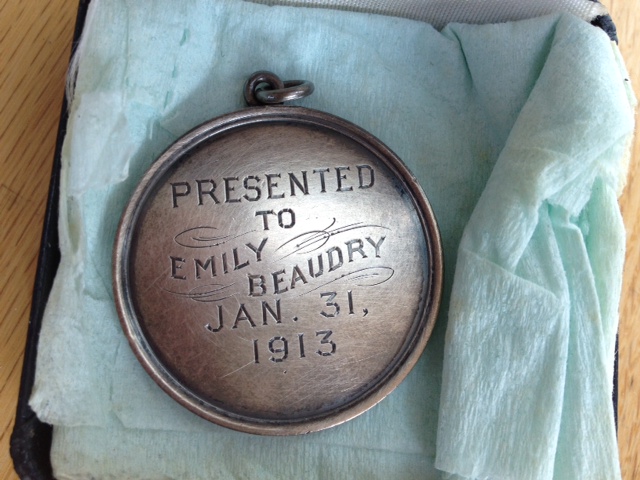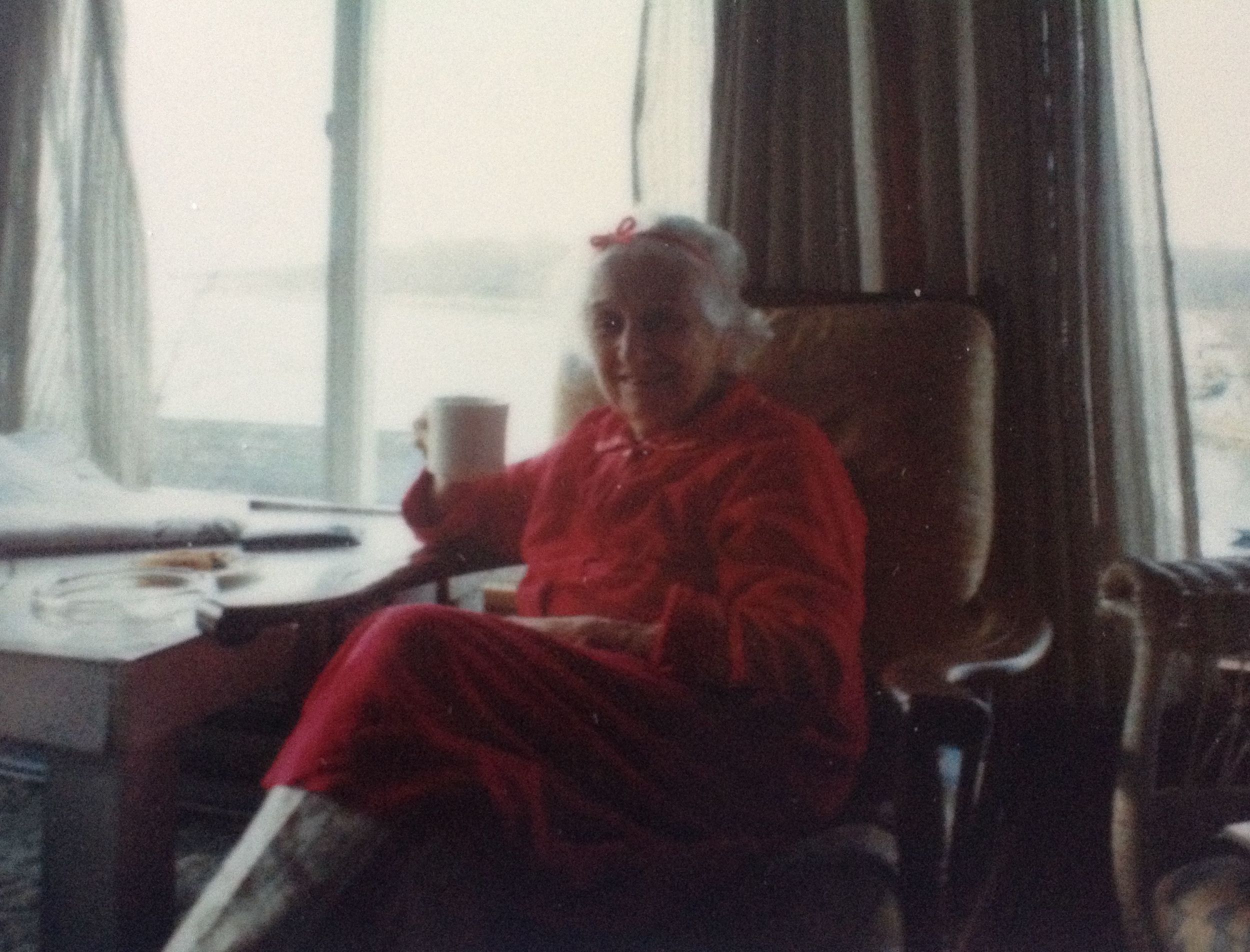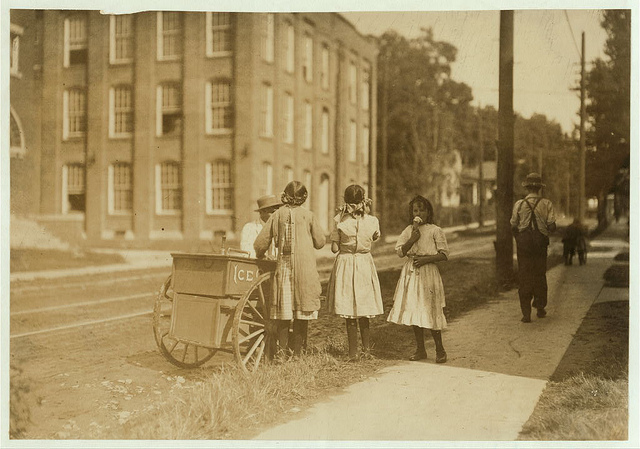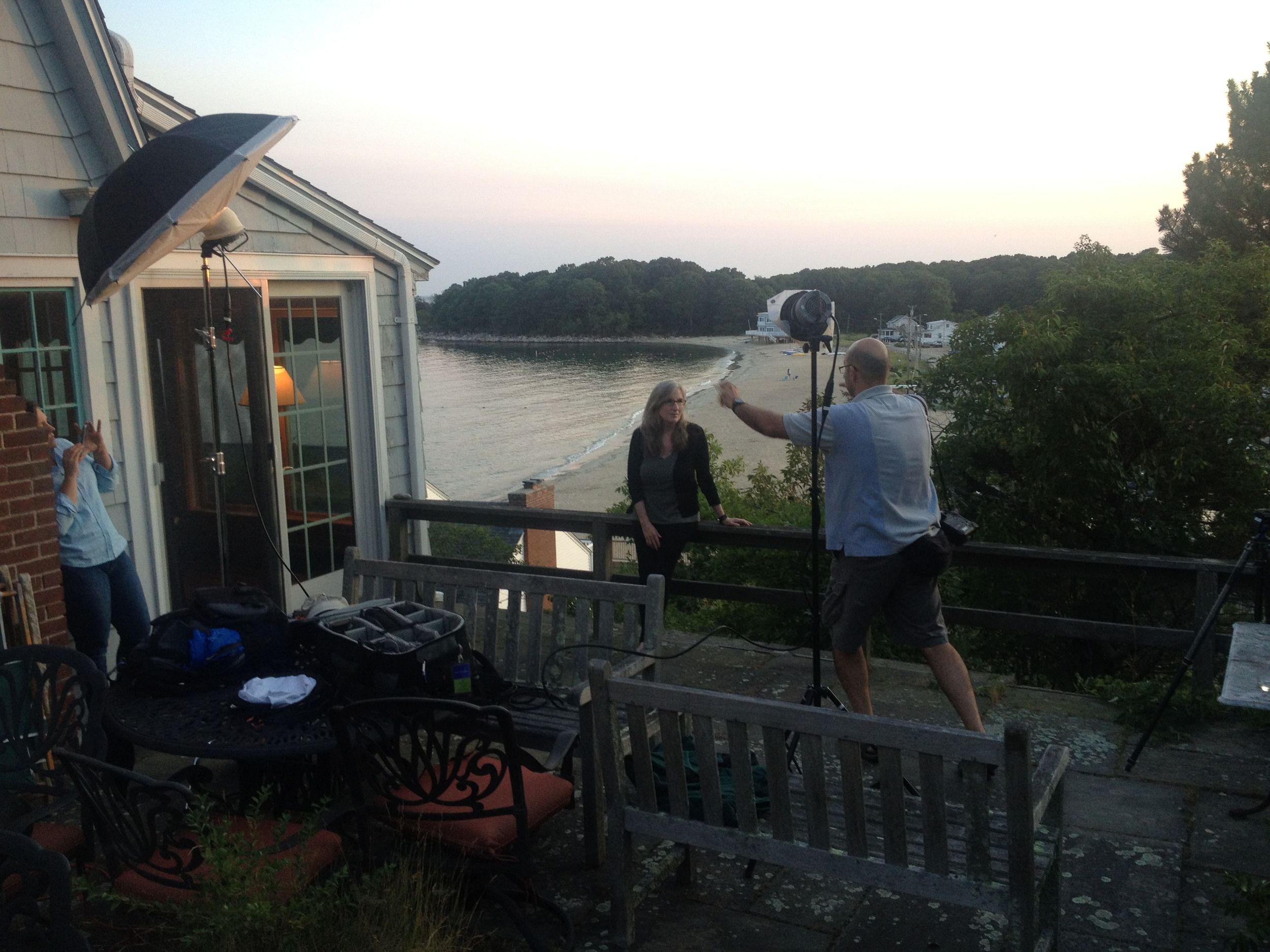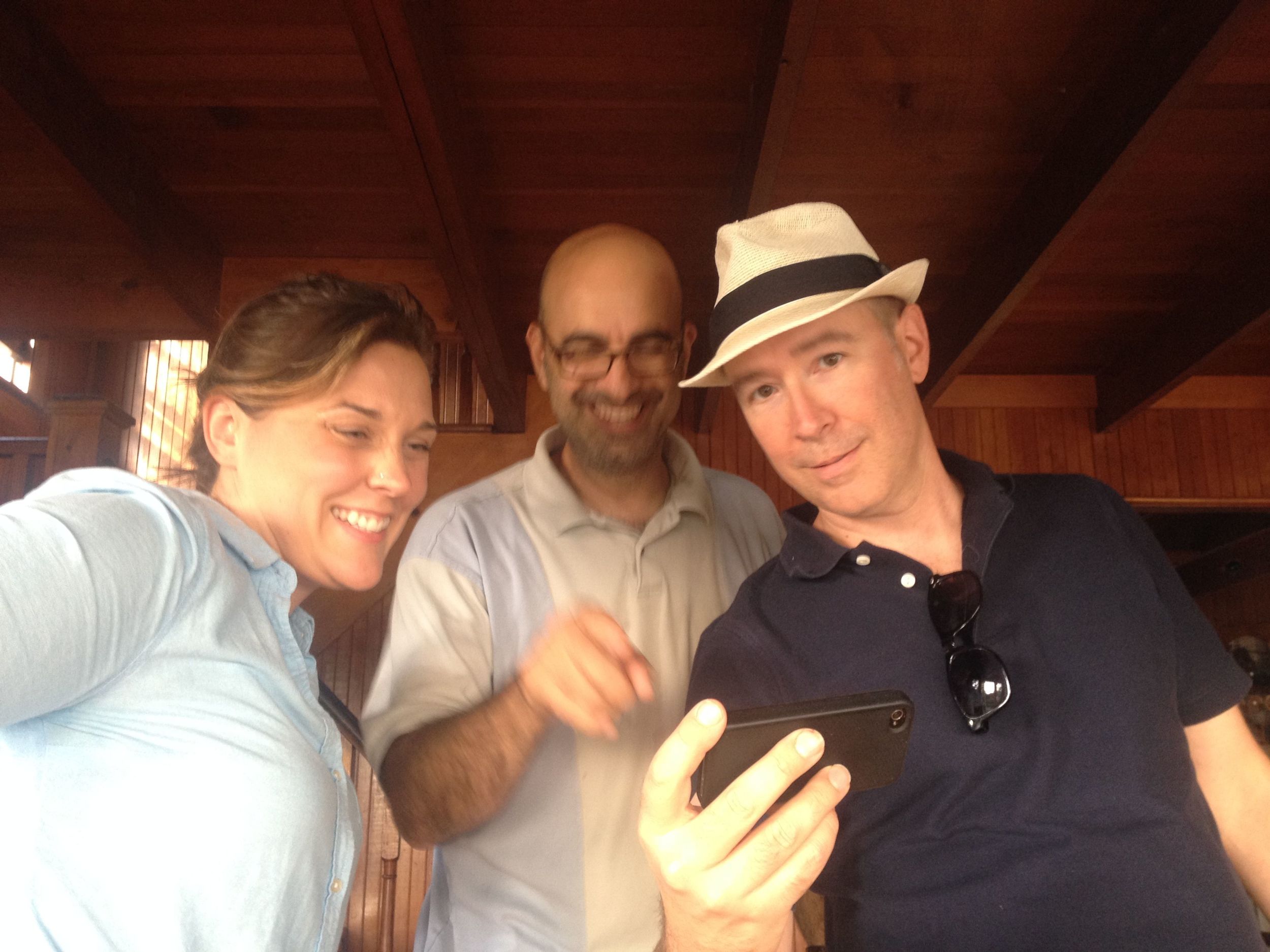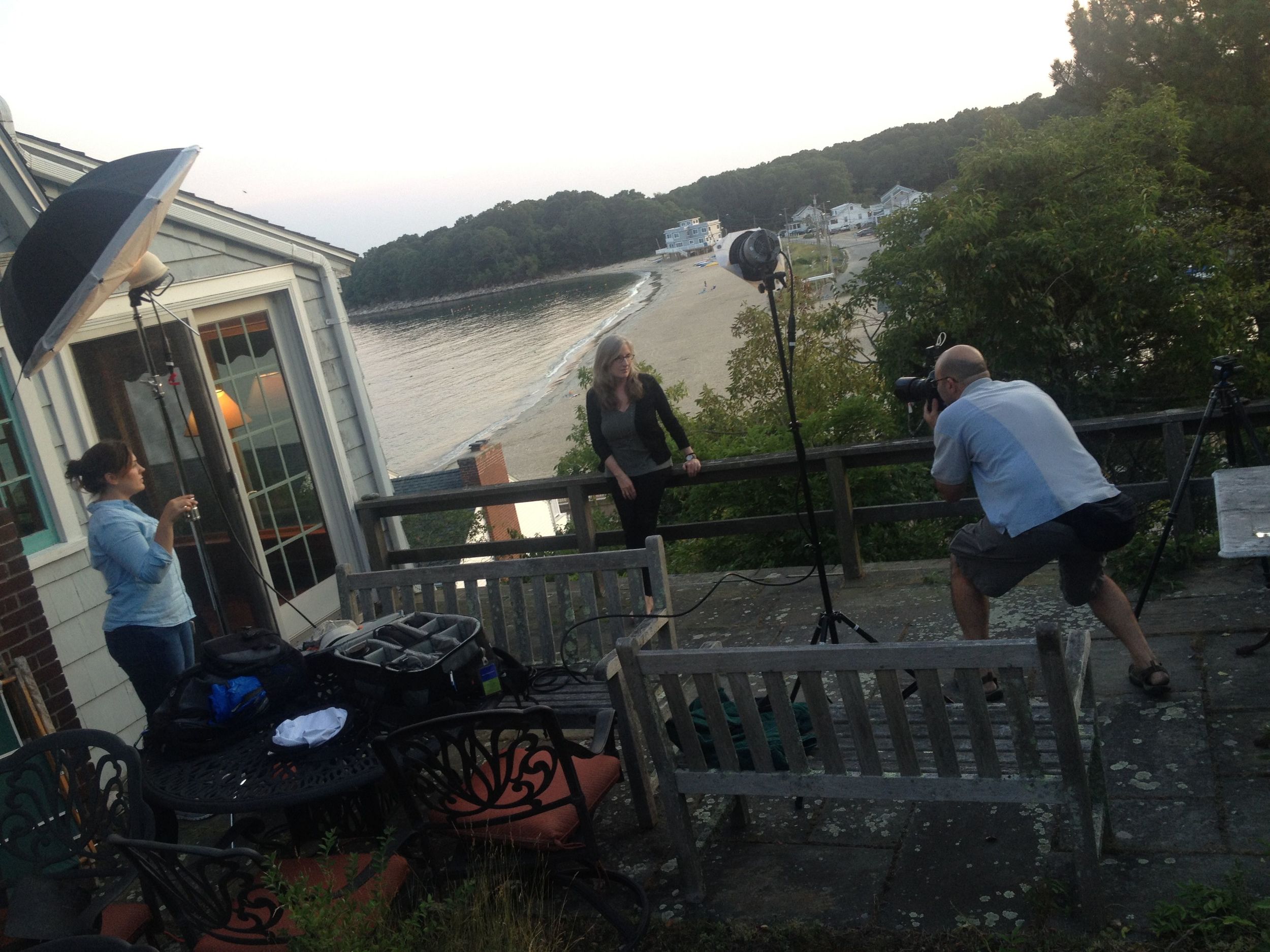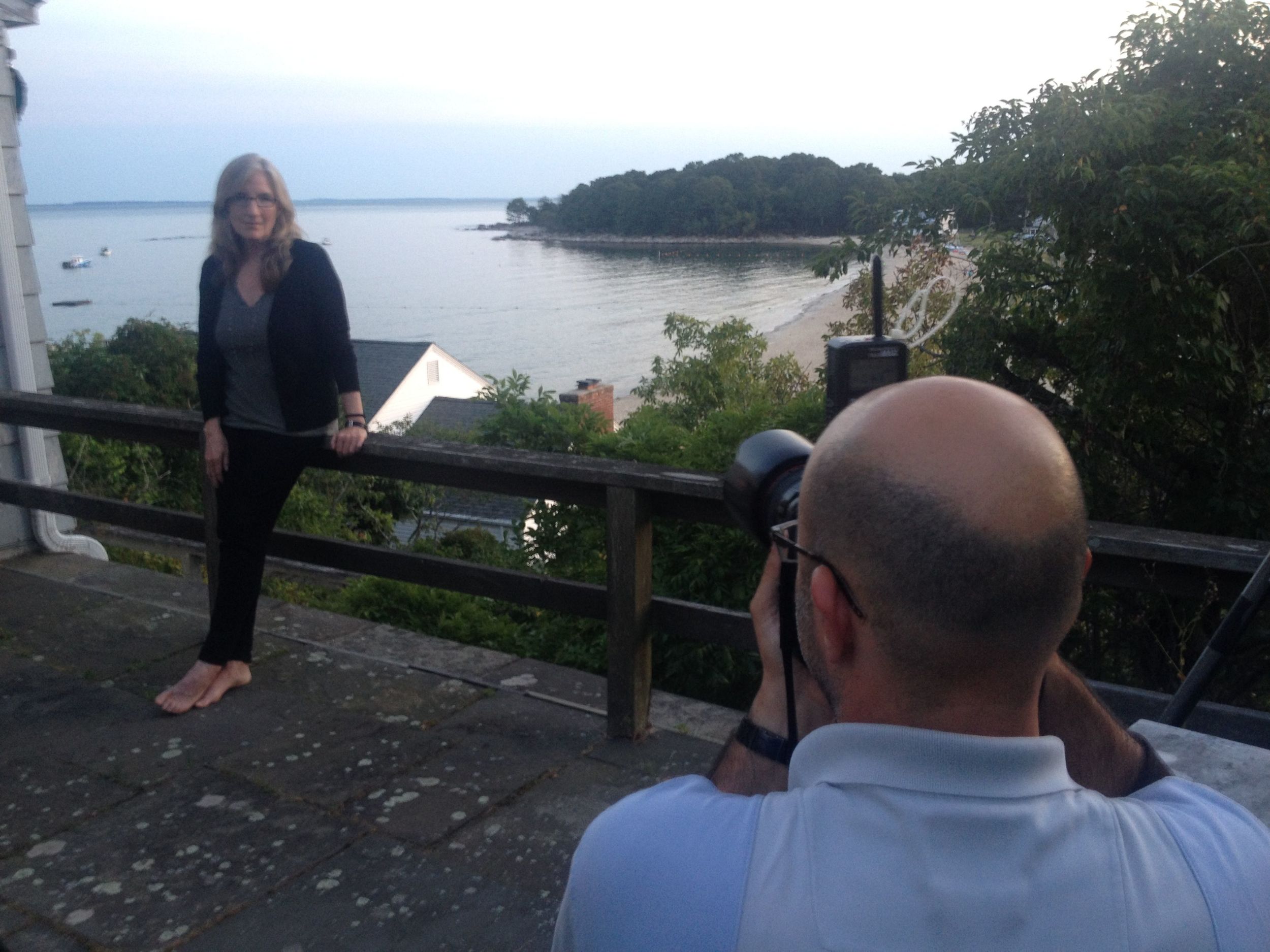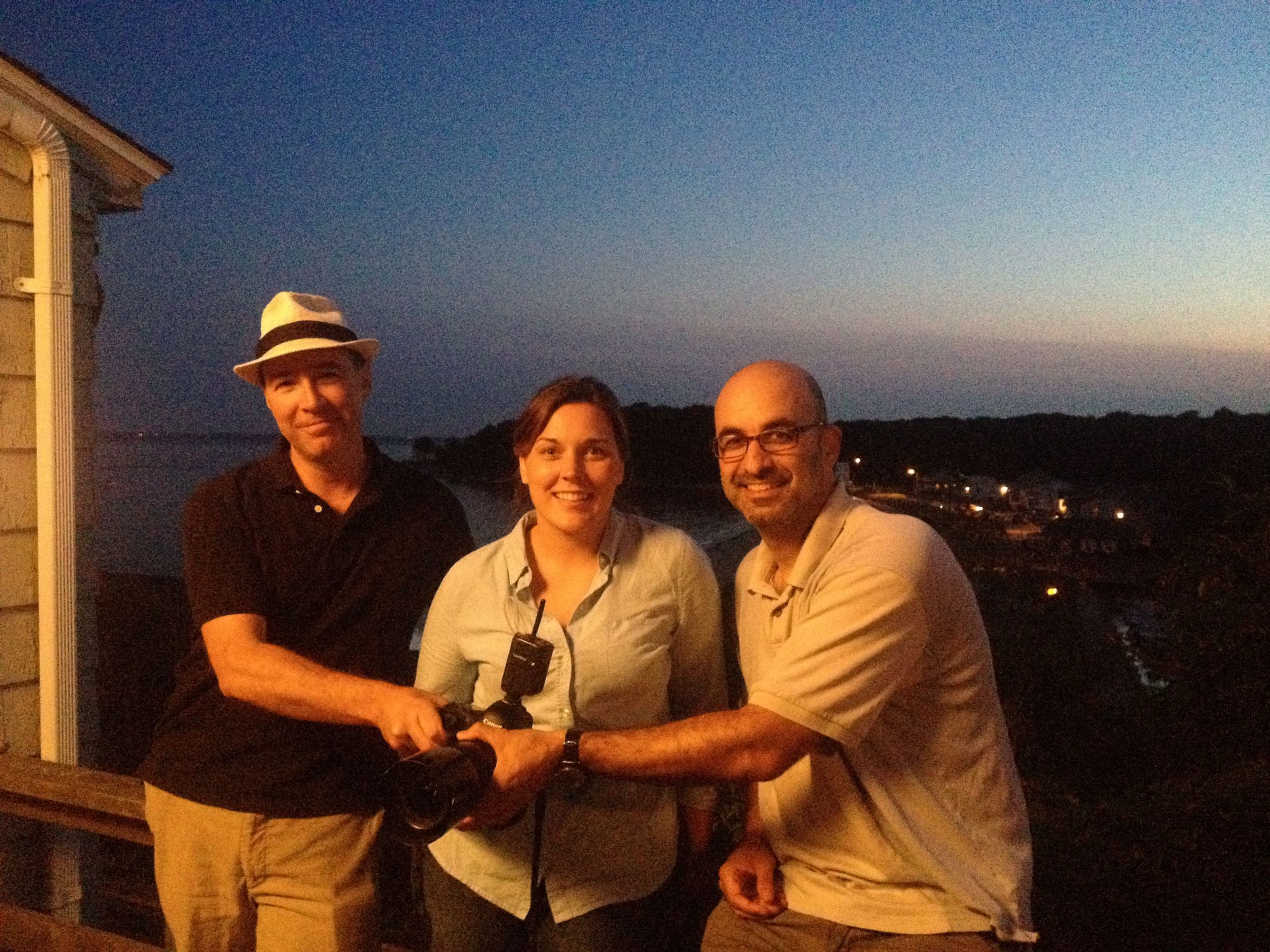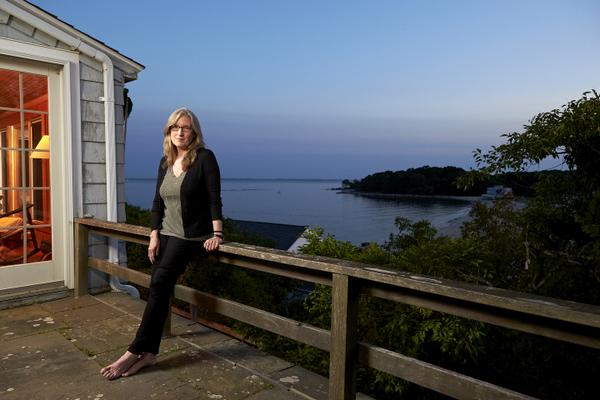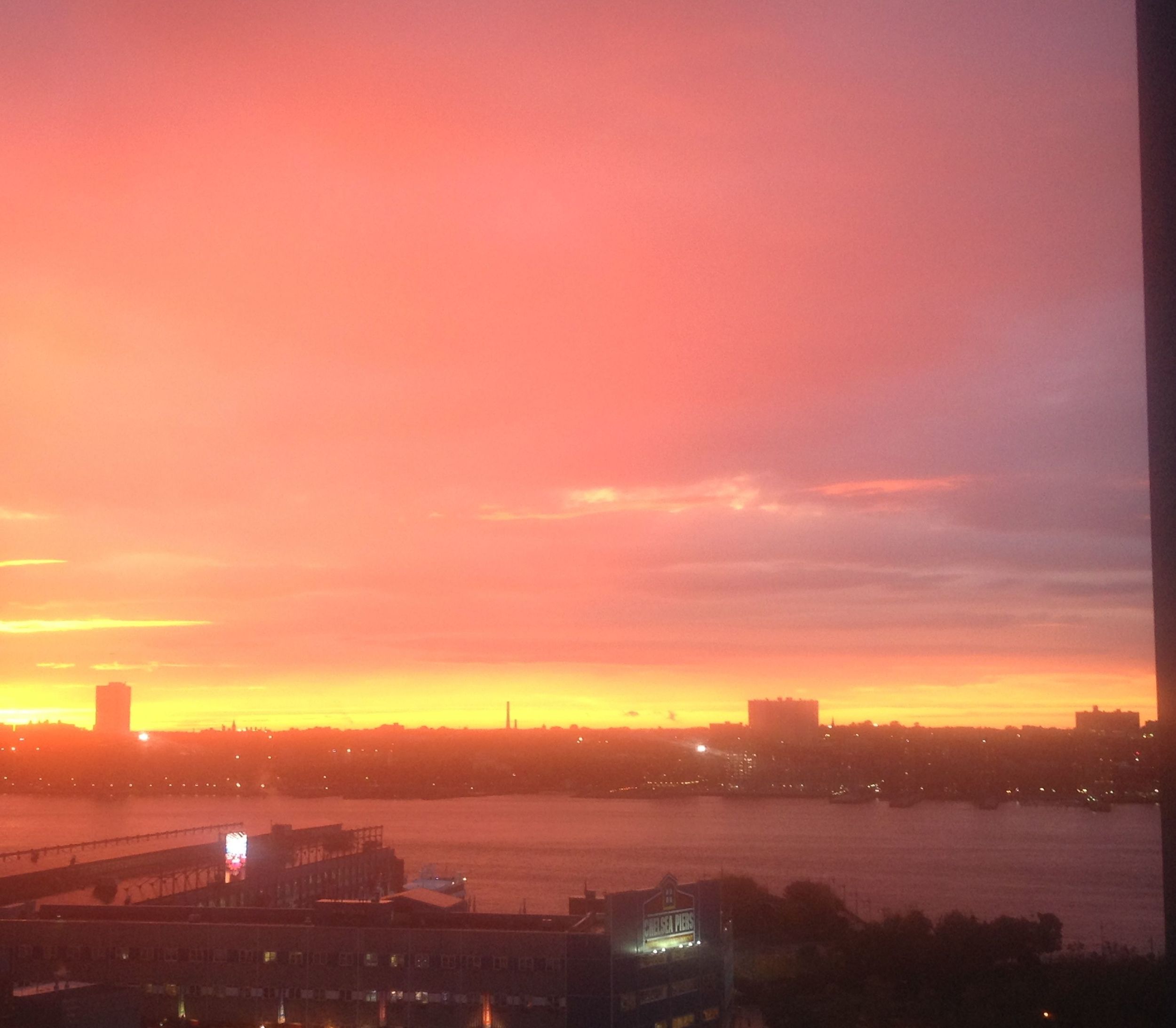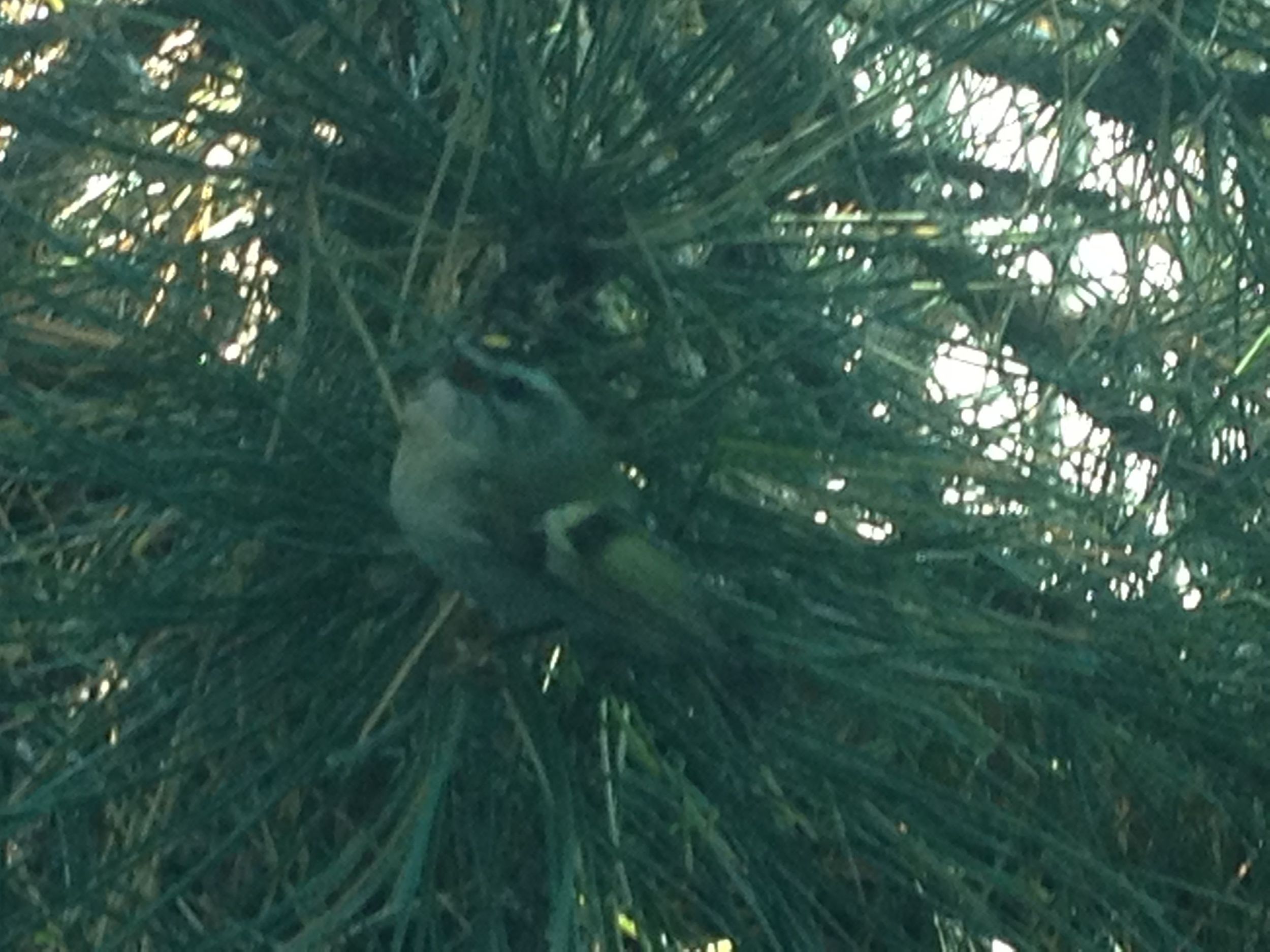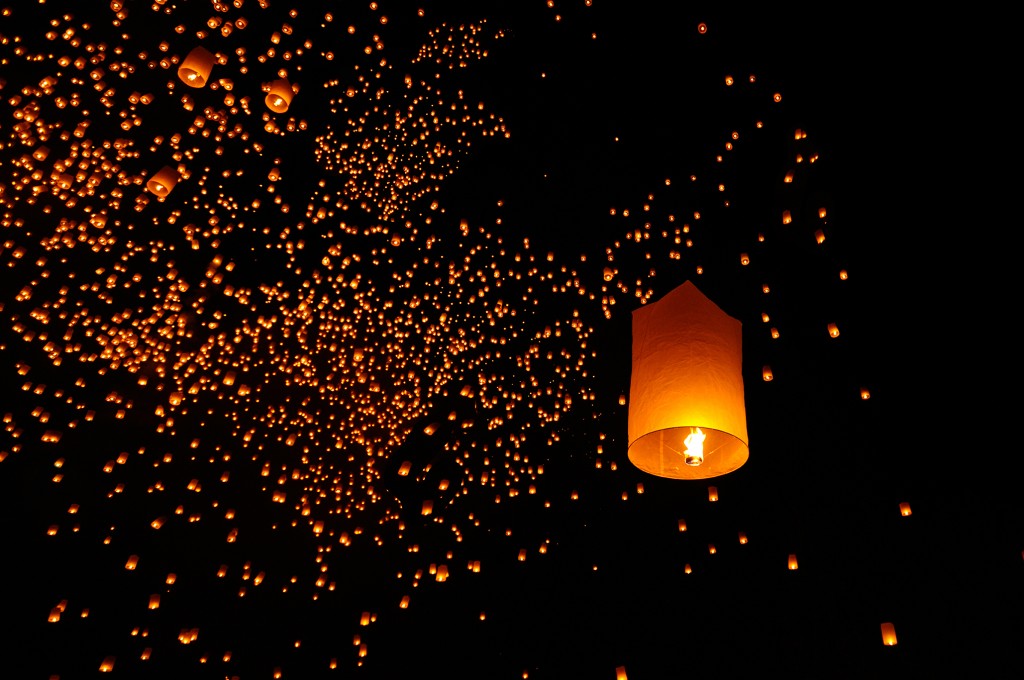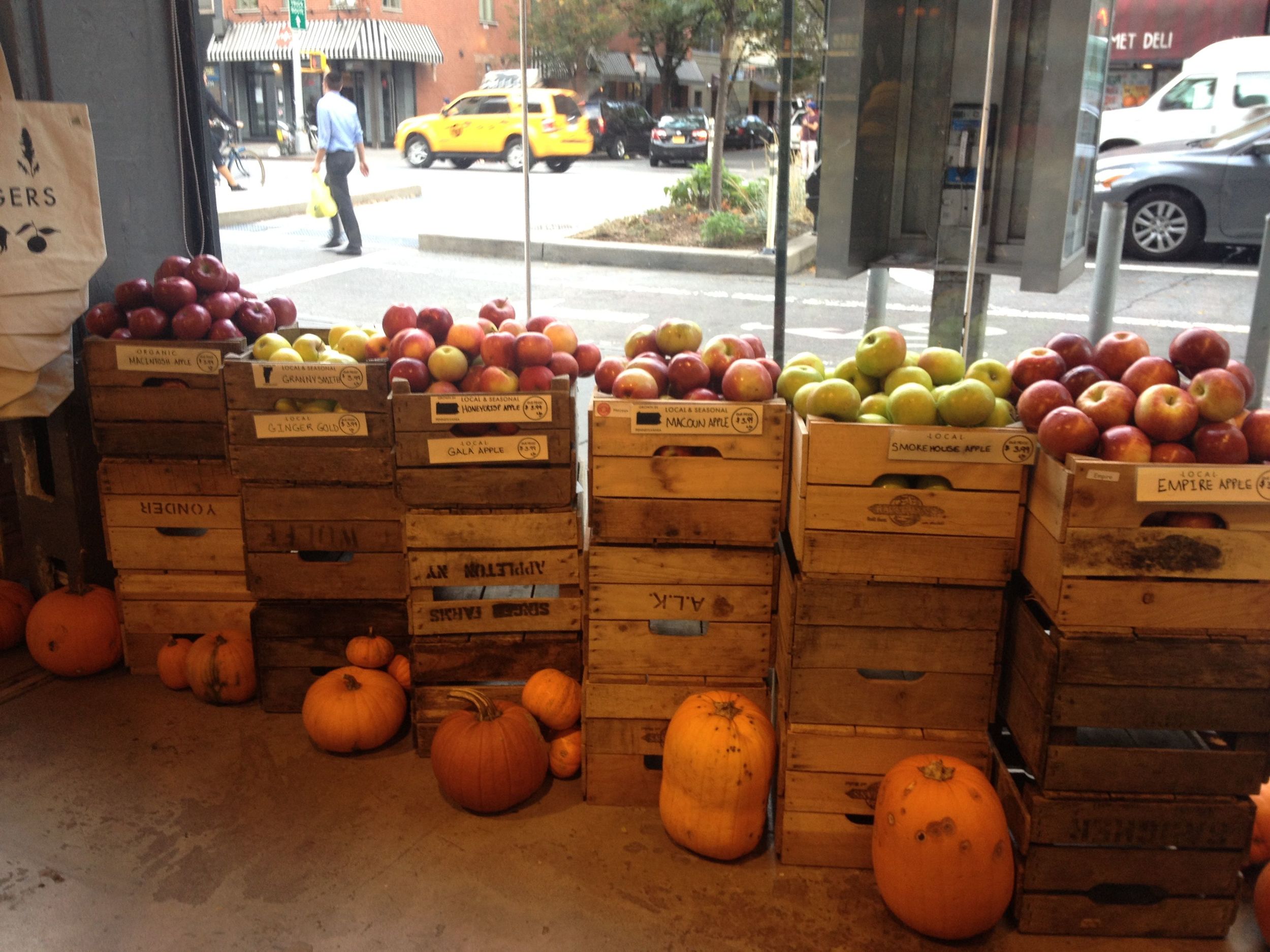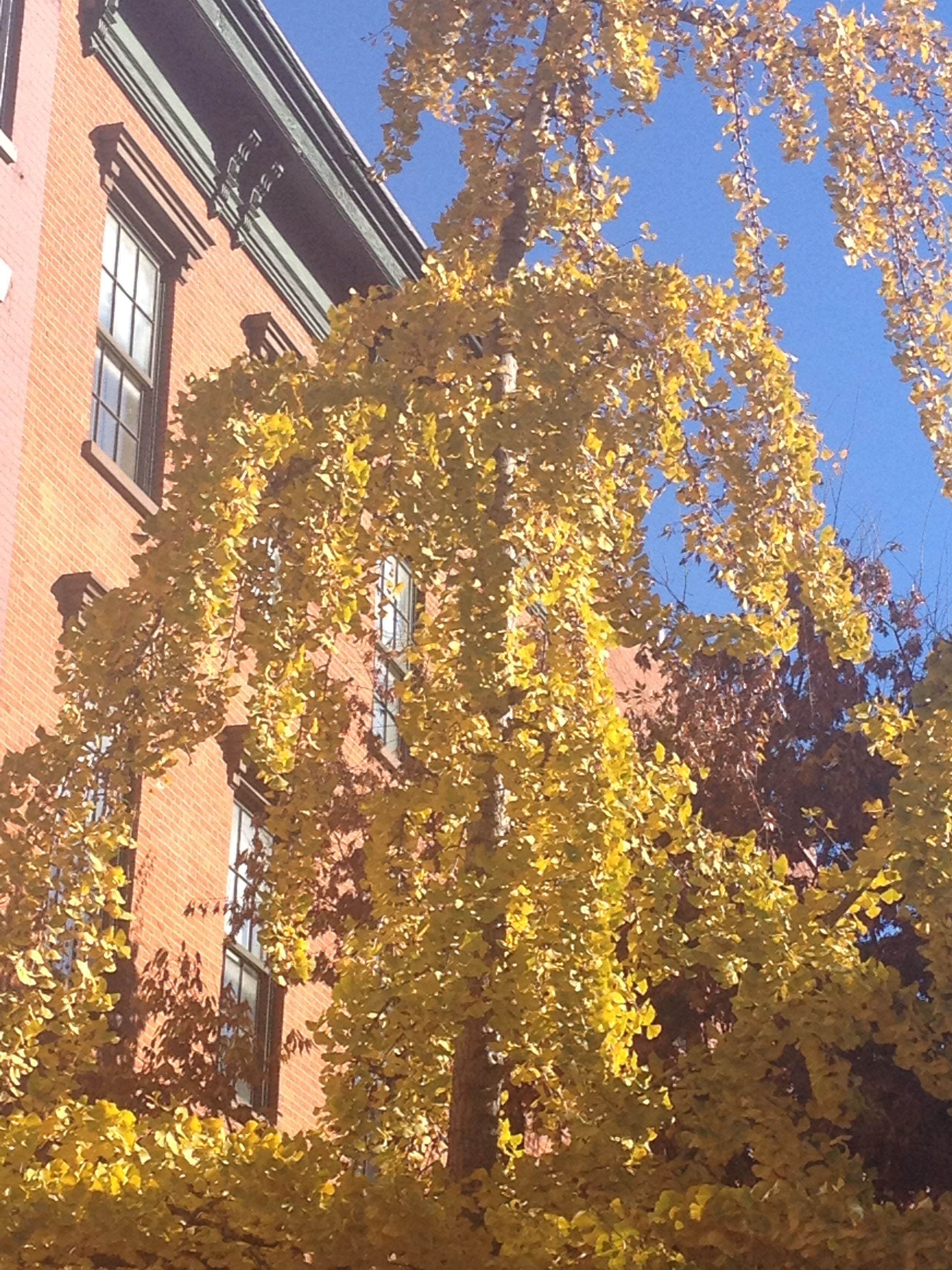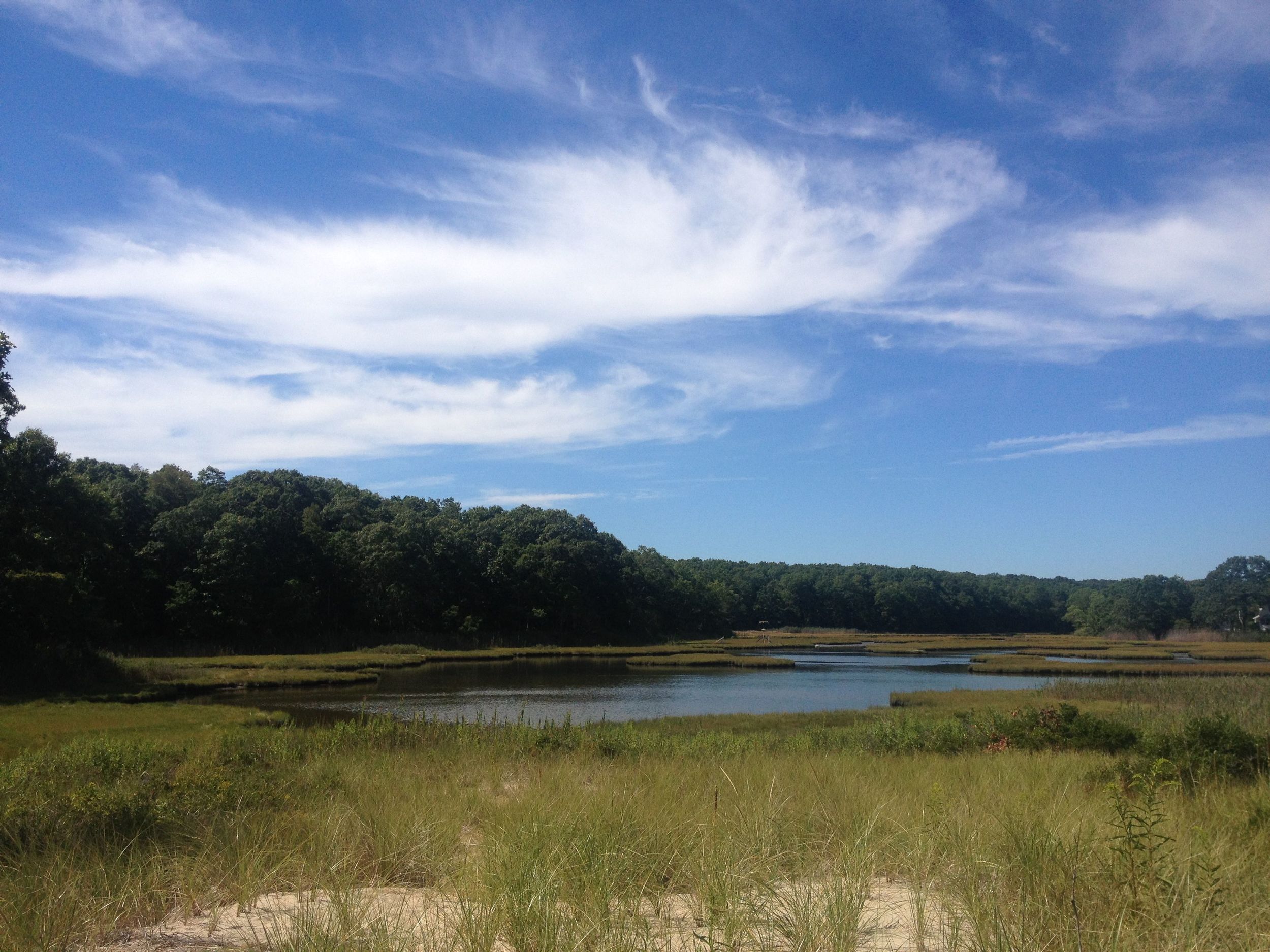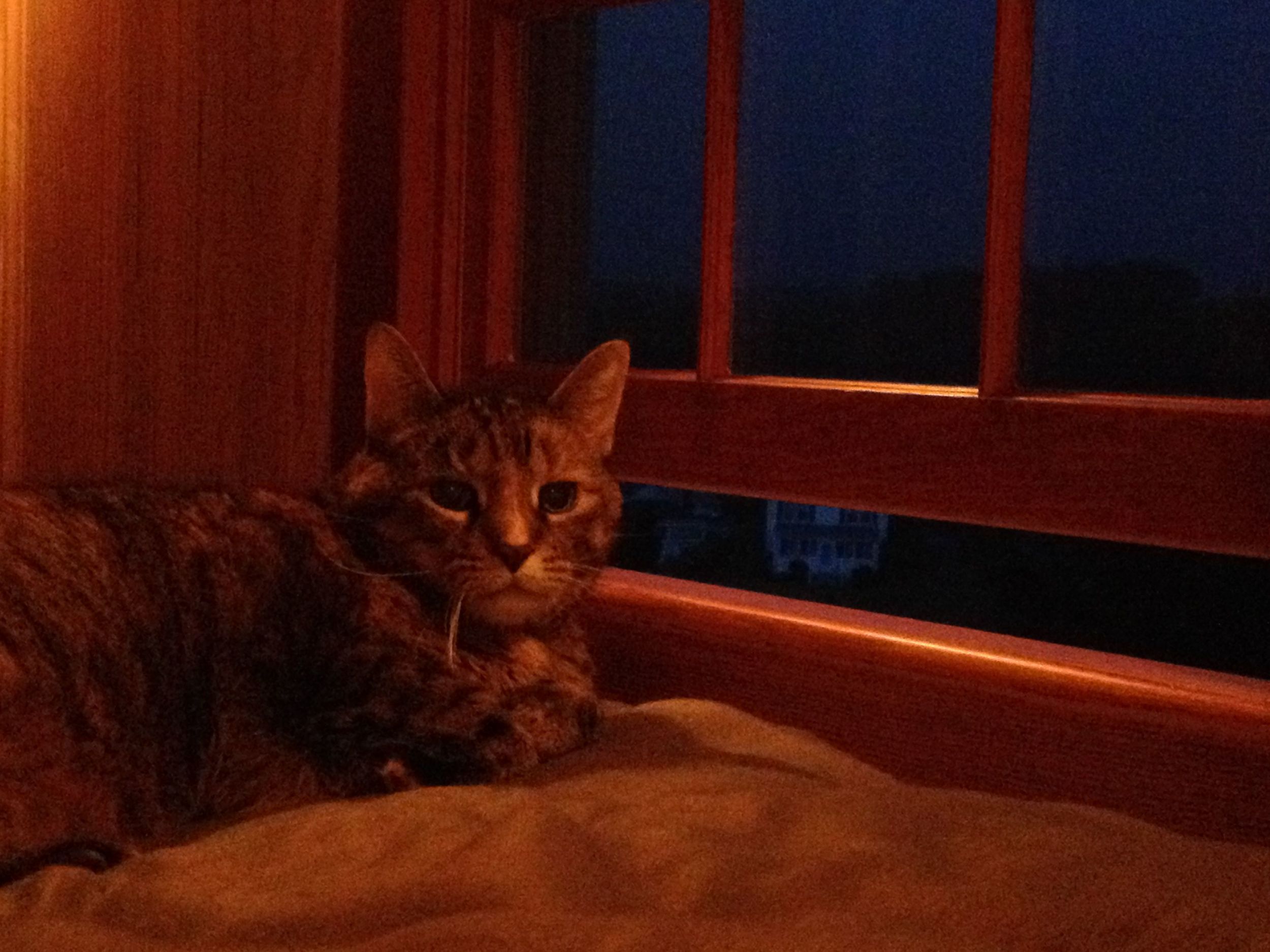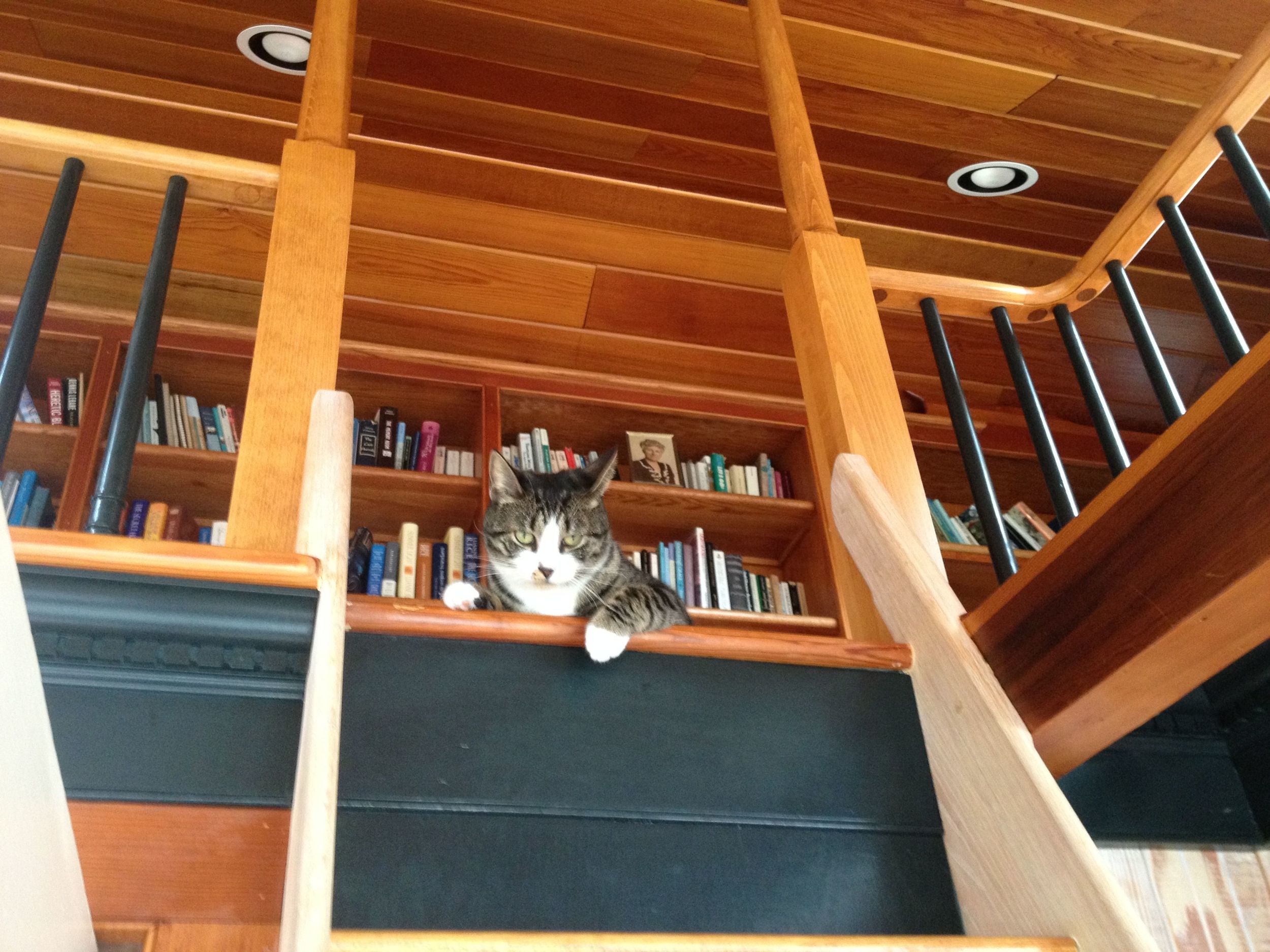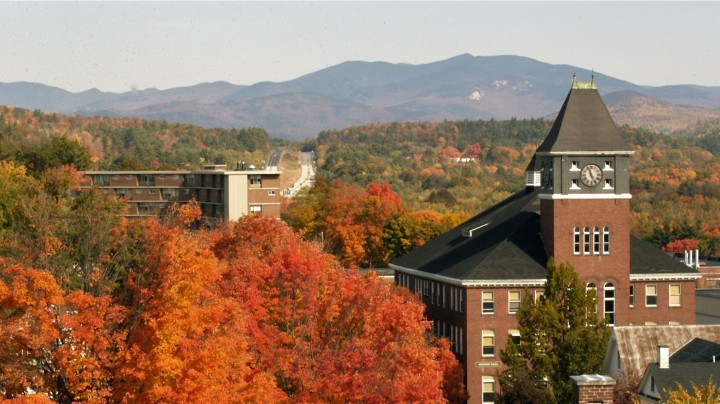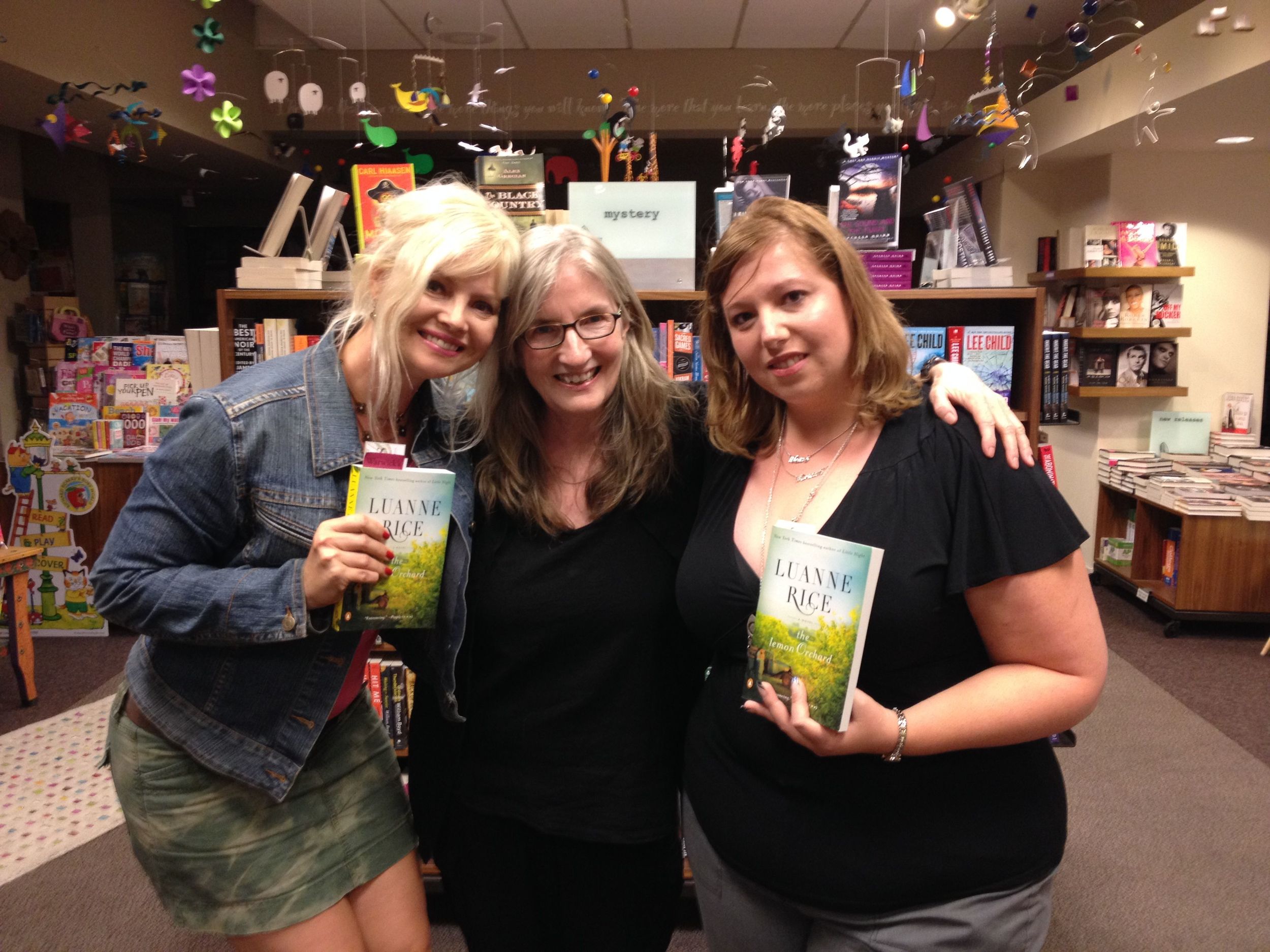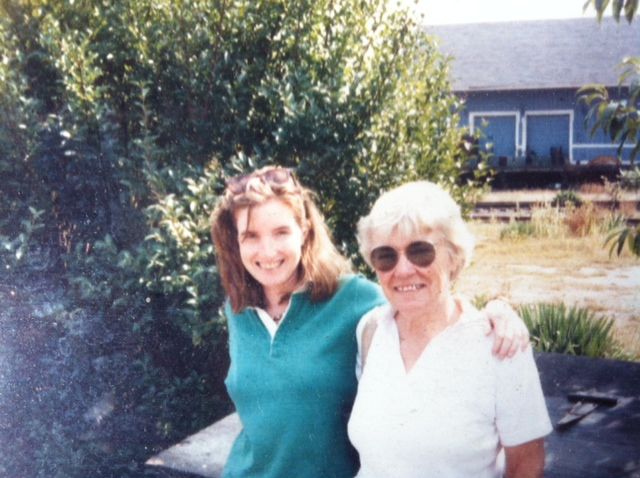Paris is home. If you are lucky enough to live to a certain age, and you've moved around some, perhaps you've had an address in a few cities, inhabited a number of dwellings. But only a few can be called home: the house you were born into, the place that shows up in your dreams, wherever you and your family currently live, and, if you have ever resided there, Paris.
I lived there for two years, exactly half my lifetime ago. I was in love. He worked long hours, so I spent a lot--most of--my time alone. My tutor was an older, very proper Parisian woman who lived in the 15th Arrondissement and who taught me many lessons along with verbs and dialogues, including the fact that Celine is preferable to Chanel.
Each day I would concentrate on learning the dialogues by walking west along the Seine, crossing the Pont Marie and Ile Saint Louis, then heading east on the Quai de la Tournelle, angling up any given street toward Odeon or Saint-Germain-des-Pres, and eventually winding my way back home across the Pont de l'Alma.
After a recent and circuitous trip to see Bill Pullman play Othello in Bergen, Norway, I wound up back in Paris. I've been there many times since moving away, but this visit felt urgent, intense, as if Paris had something my spirit could not do without. The weather was February damp and cold, encouraging hours spent reading by the window. The city has a special melancholy from November through February. I was glad not to have missed it.
Paris feels ancient, and it is. Roman baths from the 3rd century exist at the Thermes de Cluny, and more recent layers of history are visible on every step of my walk. One friend's apartment was built in the 15th century, close to the river in the 5th Arrondissement, and at night the lights of the tour boats would come through the windows and dance on the ceiling. My building was Belle Époque, ornate with carvings and balconies. The windows in most buildings are tallest on the rez-de-chaussée andpremier étage, growing progressively smaller as the floors go up because before elevators the wealthiest lived closest to the ground and the servants lived up above. I wrote in the maid's room on the top floor, and the window, although tiny, overlooked rooftops and chimneys, with a distant view of the Tour Eiffel.
On this most recent visit, I took my regular walk every afternoon. The sky stayed dark most days, but occasionally the clouds would part enough so the Seine and the building that border it turned the color of tarnished silver. Paris always fills me with nostalgia. The city doesn't change the way New York does, so it's easy to call up memories of past times: sitting for hours with Karine at Brasserie Lipp, having dinner with friends at tiny Restaurant Paul in Place Dauphine, meeting Peter Turnley at Brasserie de l’Isle Saint-Louis. (When Angels All Over Town, my first novel, came out, Peter took my photo for Newsweek, and we became friends.)
Paris reminds me of my mother. She visited me when I lived there, shortly after she was diagnosed with a brain tumor. She had her chemotherapy treatments at the American Hospital in Neuilly during the time Rock Hudson was there dying of AIDS. We had to walk through the paparazzi on our way inside. My mother was poignantly starstruck. On days when my she felt well enough she would carry the watercolors we'd bought at Sennelier and sit by the Seine just down the street from my apartment, in a narrow park lined with trees and full of interesting shadows, and she would paint.
Did I need to connect with thoughts of my mother? And of my father, who had fought in World War II and told us stories of France? Perhaps so, and I did. I thought of both my parents, who had never been to France together. It's odd the way each of them--my father had been shot down over Alsace, my mother had never been on a plane before flying to Paris to stay with me--was connected to France so definitively by flight.
I didn't only spin back into the past. Most of the time during this stay I remained present, in the actual day. I wrote at the hotel and in cafés, and I made sure to walk a few unfamiliar streets. I stopped into favorite bookstores and found others I'd never seen before. Paris is books to me--ones I've read, and some I've written. In 1985 I wrote Crazy in Love, my second novel, sitting at my desk in the cramped office under the eaves, and this year I worked on my thirty-third novel in a seventh-floor hotel room just a block away.
Love locks are everywhere. Padlocks left by people in love cram not only every inch of grate and rail on the classic spots such as the Pont des Arts, Passerelle Léopold-Sédar-Senghor, and Pont de l'Archevêché, but also random little pieces of hardware all along the river.
Did I also spend an afternoon, writing at a table in the corner of the bar at Closerie des Lilas, in an homage Islands in the Stream by Ernest Hemingway, from which my sister Maureen and I quote far too often? Yes, I did. And I called Maureen afterwards, and as I walked though the Jardin du Luxembourg she offered up lines from the book regarding that Tommy and red wine.
My first day in Paris I went to lunch, and on my last night there dinner, at Le Stresa, a favorite restaurant in the 8th Arrondissement. Owned and operated by six brothers, les Frères Faiola, it is tiny and great, and although it is Italian, it is so Paris. I loved seeing the brothers, and was touched that they remembered me, right down to the year I lived on their street. At the end of the meal I had fraises des bois. They were delicious.
And Paris is still home.






















